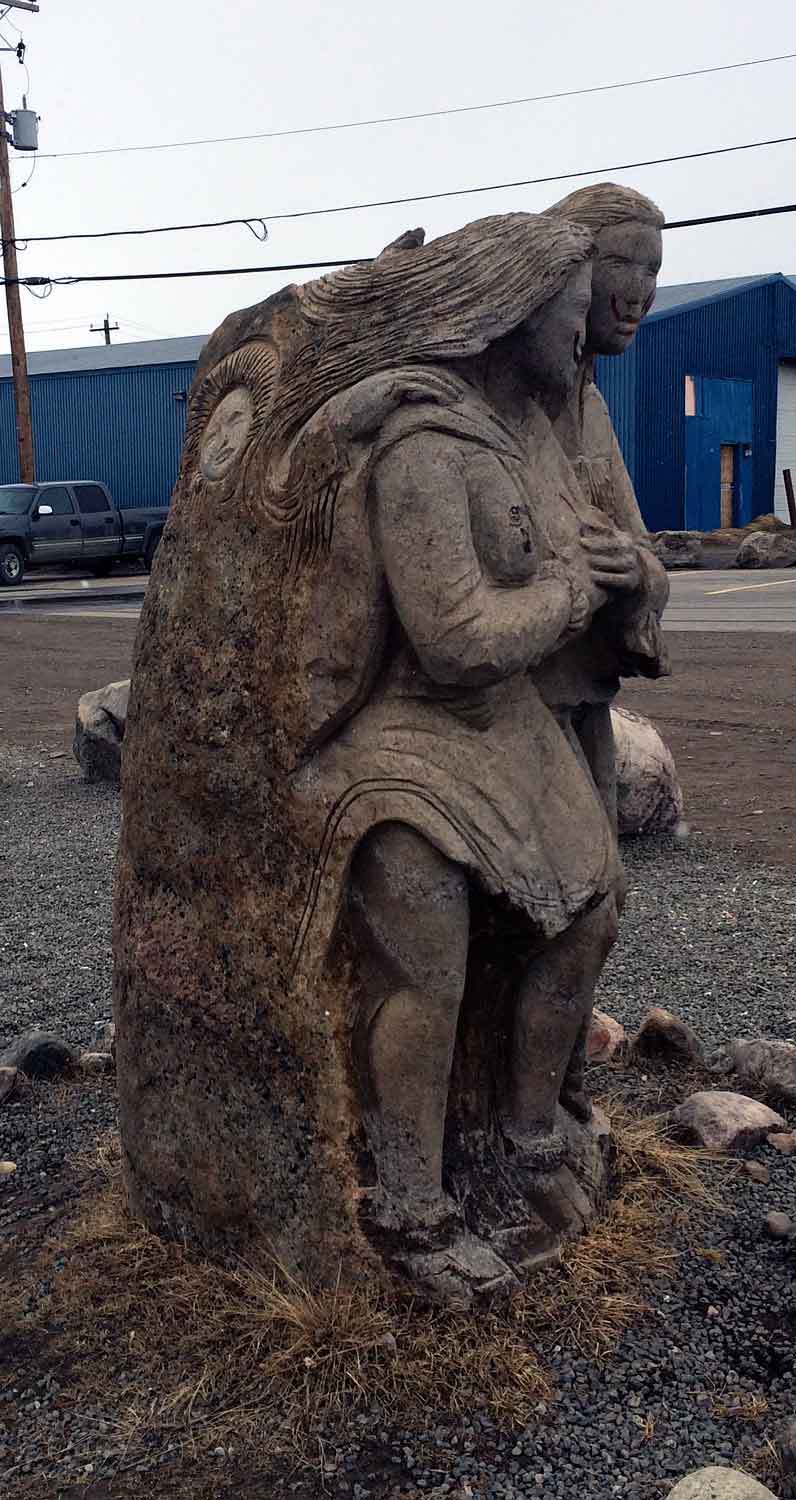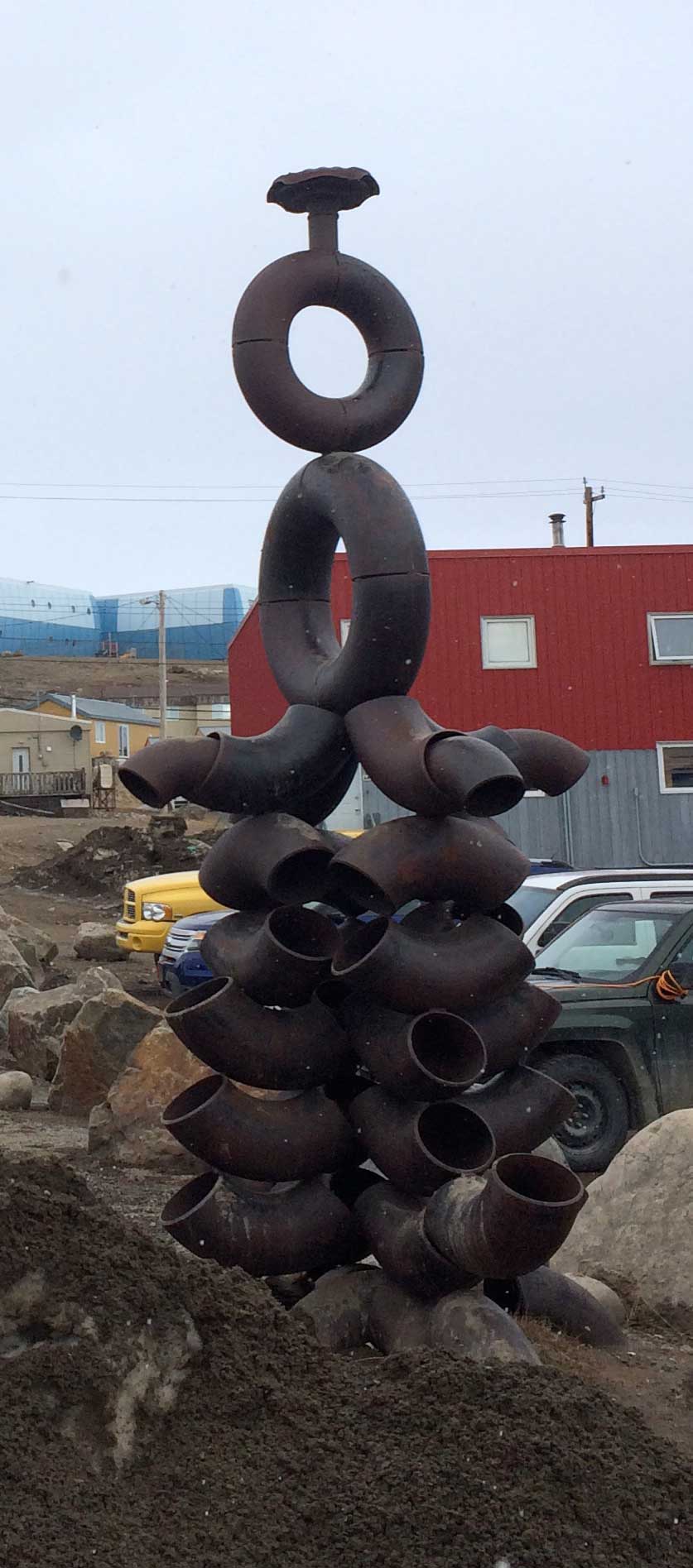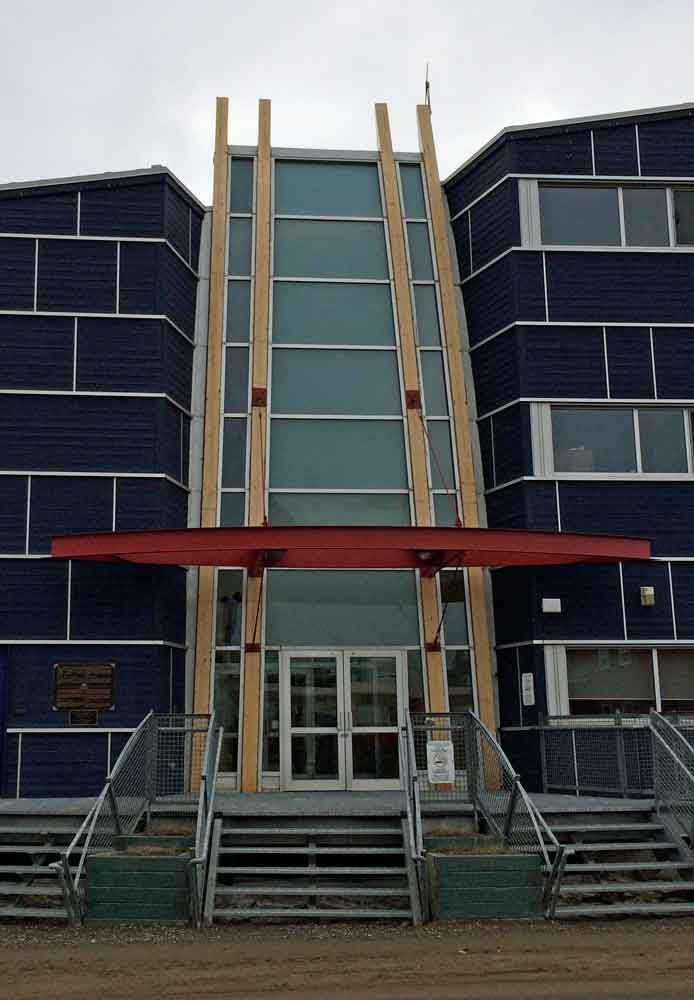I had the sudden good fortune to travel to Canada's arctic in 2014. From the Greater Toronto Area (GTA), I flew first to Iqaluit, Nunavut's capital city on Baffin Island, and after a day's visit, was off to Cape Dorset, a hamlet just over an hour's flight away on Dorset Island. My learning curve about Inuit art and culture, the arctic landscape and environment, and how to travel in the north was steep (as was food and travel expenses), but oh, what a wonderful, worthwhile feast for the eyes and mind.
Iqaluit
With about 7,000 people, Iqaluit is Canada's least populated capital city. It is the only Canadian capital not connected to any other settlement by road. Travel to Iqaluit is only possible by plane, or if ice conditions permit, by boat.
It is a new city, declared such in 2001 after quickly rising from its status as a settlement (1970), village (1974), and town (1980).
Iqaluit serves as the gateway to all the Baffin region communities (such as Cape Dorset), as well as to Greenland, Yellowknife, Northern Quebec, Montreal and Ottawa. So it is only natural, that art about the Inuit culture, history and Nunavut's wildlife is evident the moment one steps off the plane.
And, yes, like any place that is building a tourism industry, much of this panders to what tourists want, and expect to see - polar bears, inukshuks, and romanticized Inuit life. But, that doesn't mean it isn't a joy to see, which it was, it's just that I expected to find art representing modern-day life in the north as well (note: this may have changed in the past 3 years).
Below, is just a sample of what I saw - all in my first hour of strolling through Iqaluit!
Read more about the cultural space http://www.nnsl.com/frames/newspapers/2012-03/mar12_12car.html

















